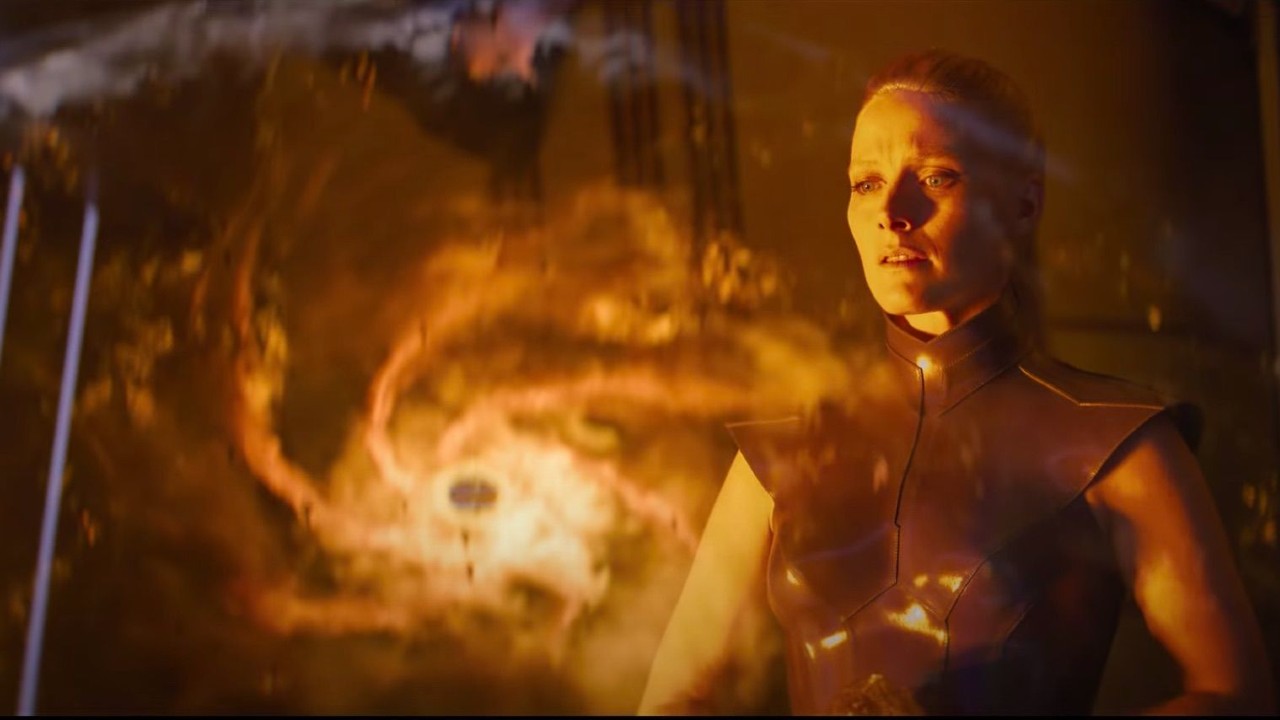
Apple TV+'s sprawling sci-fi saga, "Foundation," is hitting its mid-season stride for this second outing and the Imperium is facing certain annihilation against Hari Seldon's feisty resistance movement known as the Foundation.
Besides the exceptional performances on display from stars Lee Pace, Jared Harris, Laura Birn, Lou Llobell, and Leah Harvey under David S. Goyer's ("Blade," "Man of Steel," "The Dark Knight Trilogy") steady hand at the helm as its executive producer, the remarkable attention to detail involved in "Foundation's" visual effects, cosmology and worldbuilding is truly impressive.
Acting as a guiding star to keep "Foundation's" planetary science rooted in the realm of believability is NASA's Kevin Hand, an acclaimed astrobiologist who acts as the series space advisor working closely with showrunner David S. Goyer and the writing staff to add grounded astrophysics detail and consistency to the pricey production.
- Want to watch Foundation on Apple TV+? Get a 7-day free trial
- Subscribe to Apple TV+ for $4.99/month
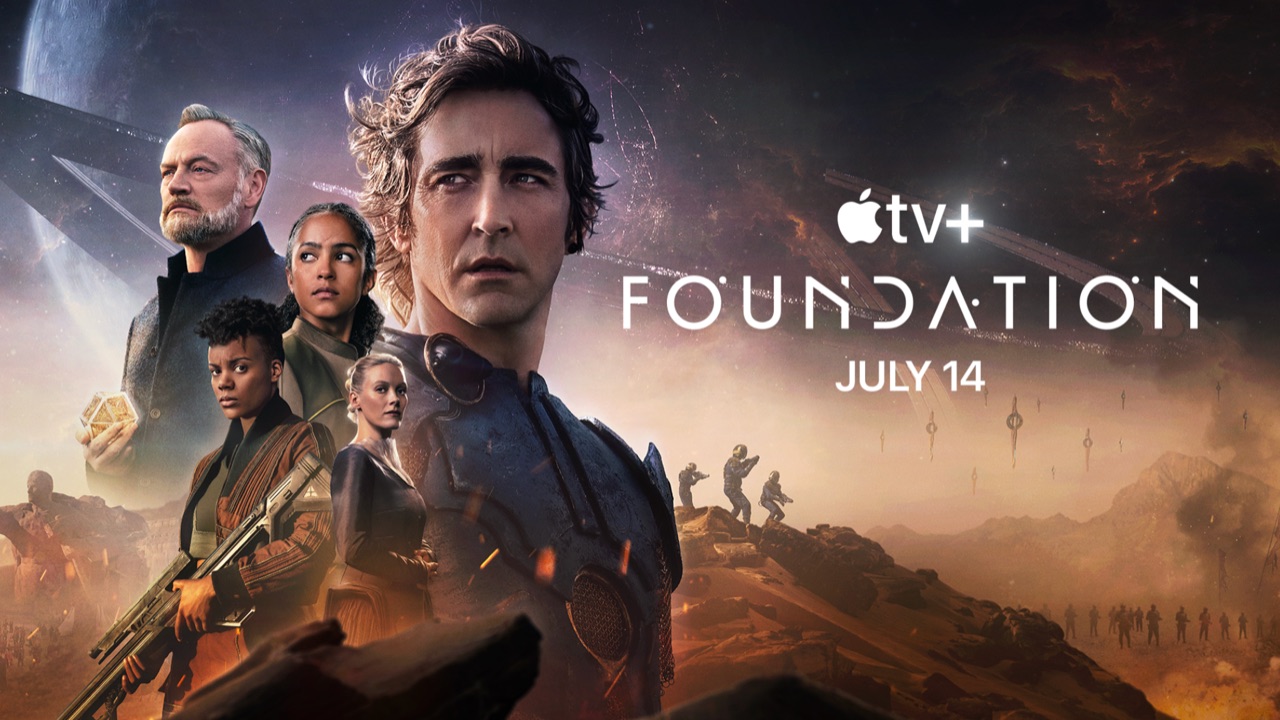
Hand is well-seasoned in his advisory roles, and in addition to current duties at JPL as the Deputy Project Scientist for upcoming Europa Clipper and Europa Lander missions, he's also consulted on several high profile Hollywood films such as director Ridley Scott's "Prometheus."
But "Foundation" is by far one of his most complex projects that requires his full focus, imagination and intense research.
"David Goyer and I have known each other for a number of years and have worked on a few things here and there," Hand tells Space.com. 'We originally met at a writers' retreat that was organized through the Science & Entertainment Exchange, which is an extension of the National Academy of Sciences that works to get more science fidelity in TV and film.
"We hit it off and I worked with him a bit on 'Krypton' and we've had fun over the years batting things back and forth. When "Foundation" was bubbling up as a real possibility he engaged me to come down and work with the team in the writers room and then stay on to go through scripts and brainstorm with the artists about how to think about this galactic civilization and the geography of not just where they are in the galaxy, but also how to architect these planets so that they're majestic and visually compelling and largely realistic astronomically and physically."
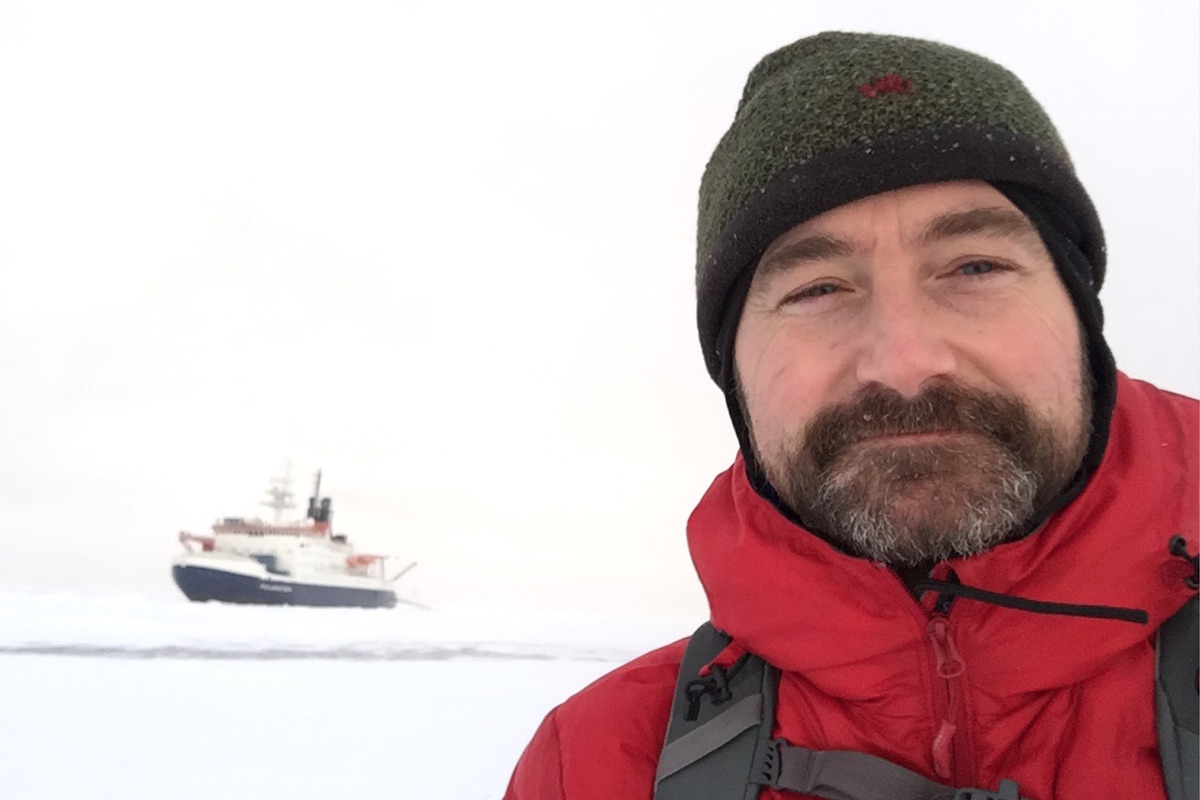
One of Goyer's primary goals in the making of "Foundation" was getting the special effects right and being involved in the selection of nearly every visual effects shot.
"With various science advising I've done in the past, one of the first pieces of the relationship that I try and establish is what rules or laws of nature does this writer or director or producer want their universe to abide by," Hand says. "We all love 'Star Trek' but all bets are off when it comes to 'Star Trek,' at least in the recent movies, and that's fine. On the other end of the spectrum is 'The Martian' with author Andy Weir's allegiance to NASA technology and missions that JPL put on the surface of Mars. And you can err too much on either side of that spectrum.
"One of the things I really enjoyed about working with David Goyer is that he continually does a wonderful job of threading the needle on wanting to make something with a great story and great characters that's visually magnificent, while also having rules for this universe that we're abiding by. With 'Foundation,' based on Asimov's classic books and his high fidelity for science, that was no easy task."
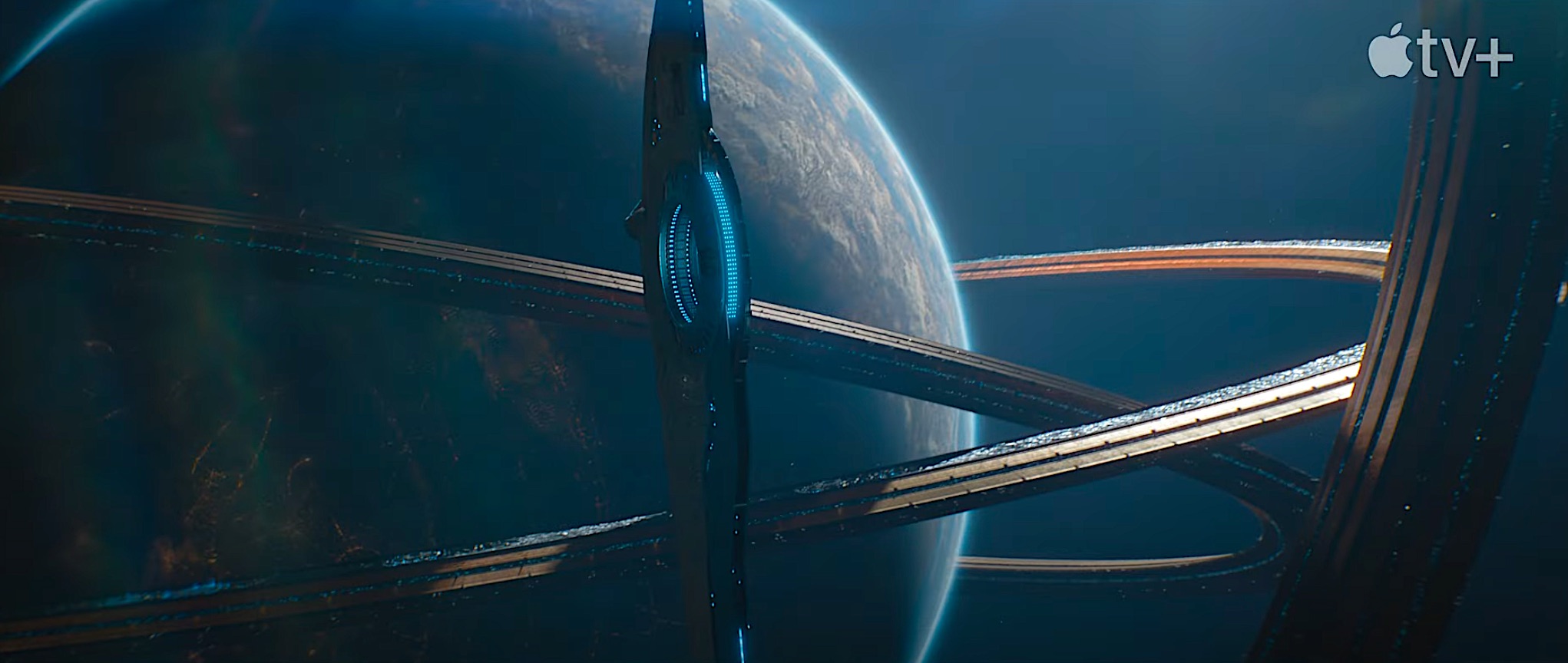
One element that's constantly encountered and often overlooked in science fiction TV and film is a planet's seasons. What is the day-night cycle? How fast is it rotating on its axis? How close is it to its star? Hand helped flesh out those details to a tee.
"So we had many discussions of the main sequence diagram for stars, thinking about supergiants and G-Type stars and what it would mean to be a planet or a moon going around such a star. In the series you'll see planets not only go through day-night cycles and have different climates, but there'll also be seasonal differences.
"It's a more subtle attention to detail that I really appreciate about working with David and the team at Apple. To get the science right in cases like that helps improve the story and makes the visuals particularly compelling. Then we had discussions about the spaceships, how fast they could travel, how to make something look novel, and how to build that season one star bridge."
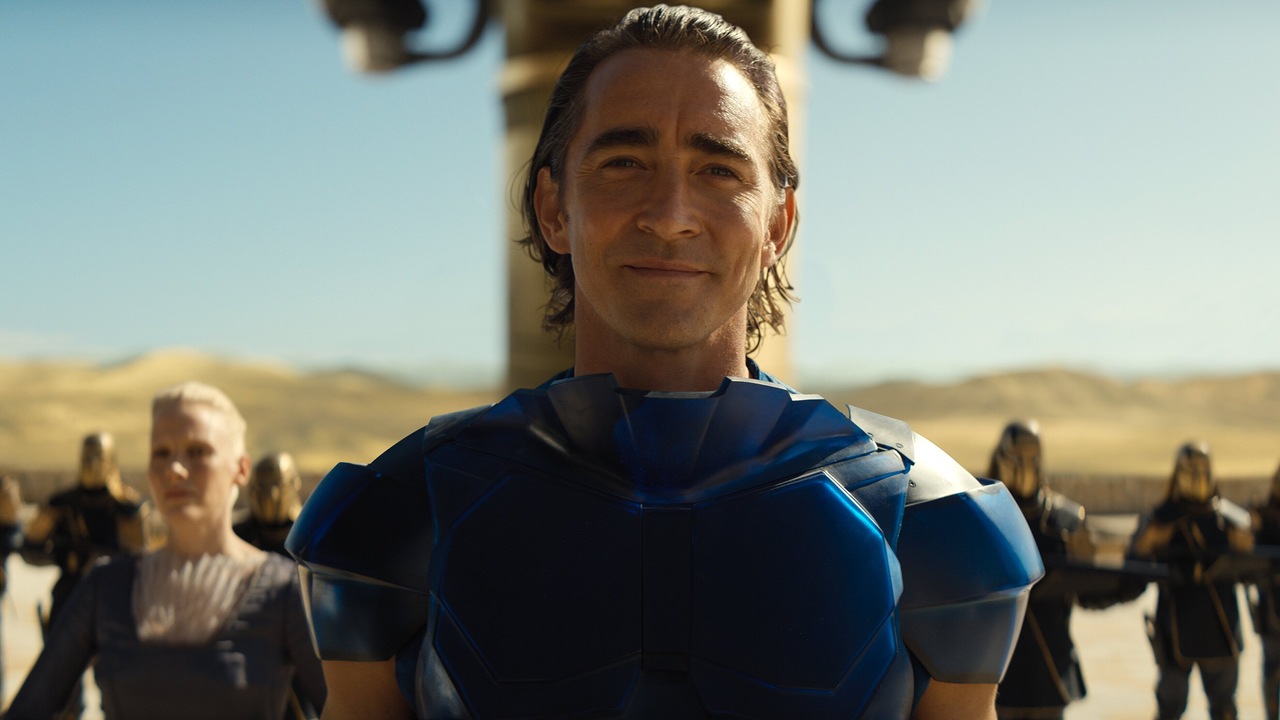
Hollywood has a somewhat sketchy track record for injecting realistic science into their outer space endeavors in favor of spectacle over substance, and Hand was well aware of the checkered history.
"You get a lot less wrong when you start incorporating science early, and that's exactly what David did," he notes. "I've been woven into this process since the earliest days. In this particular case of 'Foundation,' I can't think of an example of finding something we absolutely couldn't do. By getting my science advise from the start, we could build from the ground up and make compromises here and there.
"An example that's applicable today is the Radiant, the palm-sized object of psychohistory predictions that now has a digital manifestation of Hari Seldon within it. When that was being written we talked about what we could realistically portray in terms of this character inside the Radiant. Fast forward to today and everyone is enchanted, if not petrified, by the prospect of AI and this Hari Seldon in the Radiant is a really fun way to portray the potential of a supercomputer AI on screen."
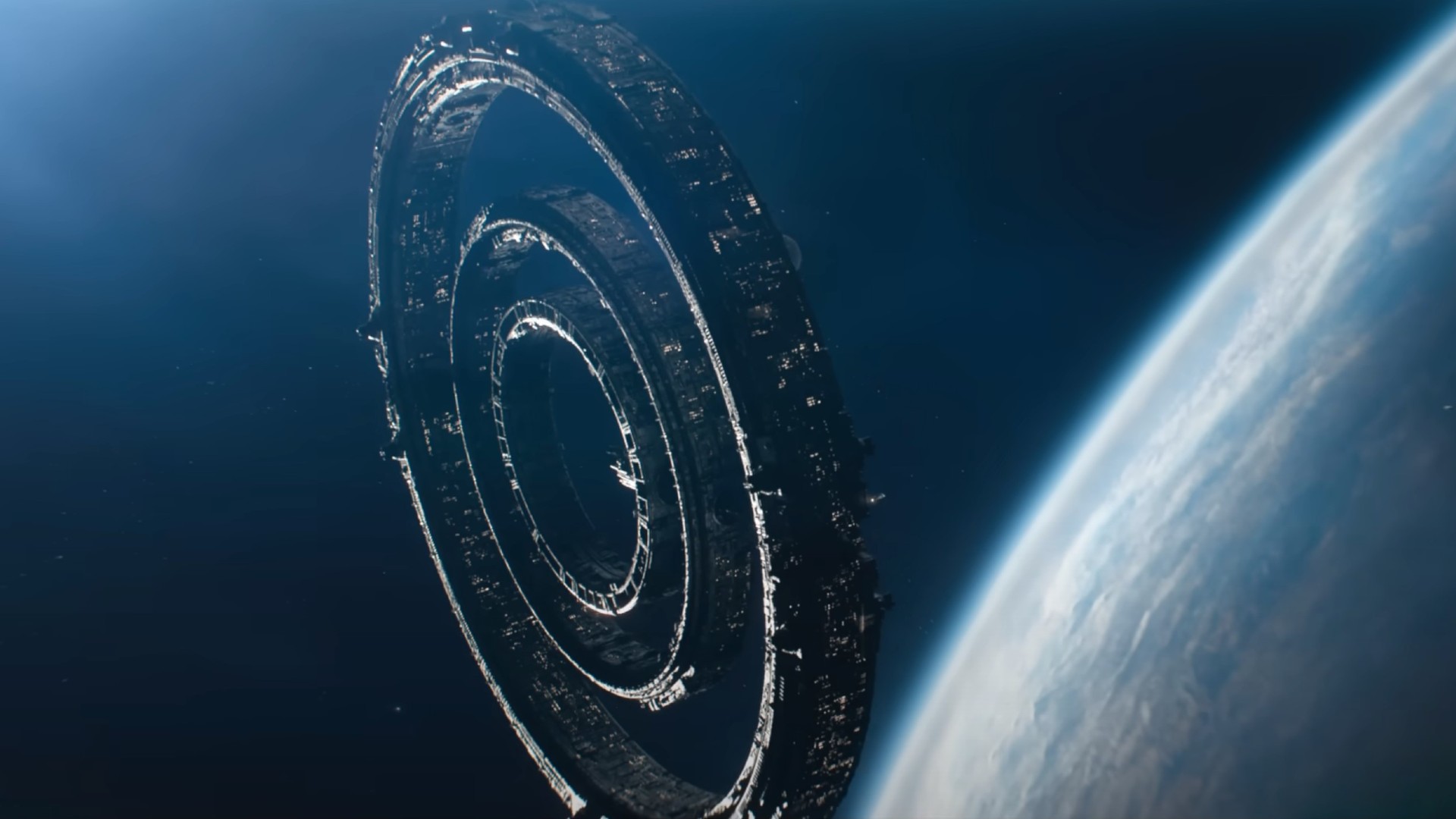
Hand did his homework thoroughly and even went back and read the "Foundation" books as part of the ramp-up for this ambitious production a number of years ago.
"They're still good, but from a story and character standpoint they're not great," he admits. "They're kind of flat. Asimov wrote them as separate short stories at different points in time. So I give a lot of credit to Goyer and the writing team for taking the nuggets of psychohistory and the big science ideas that made those books what they were, but then tackling that challenge of an underdeveloped continuous plot and characters by adding things like the genetic dynasty.
"Even though I helped conceive of a number of theses planets and stellar systems, my jaw continually drops when I get to see these visuals on screen."
"Foundation" airs exclusively on Apple TV+.







